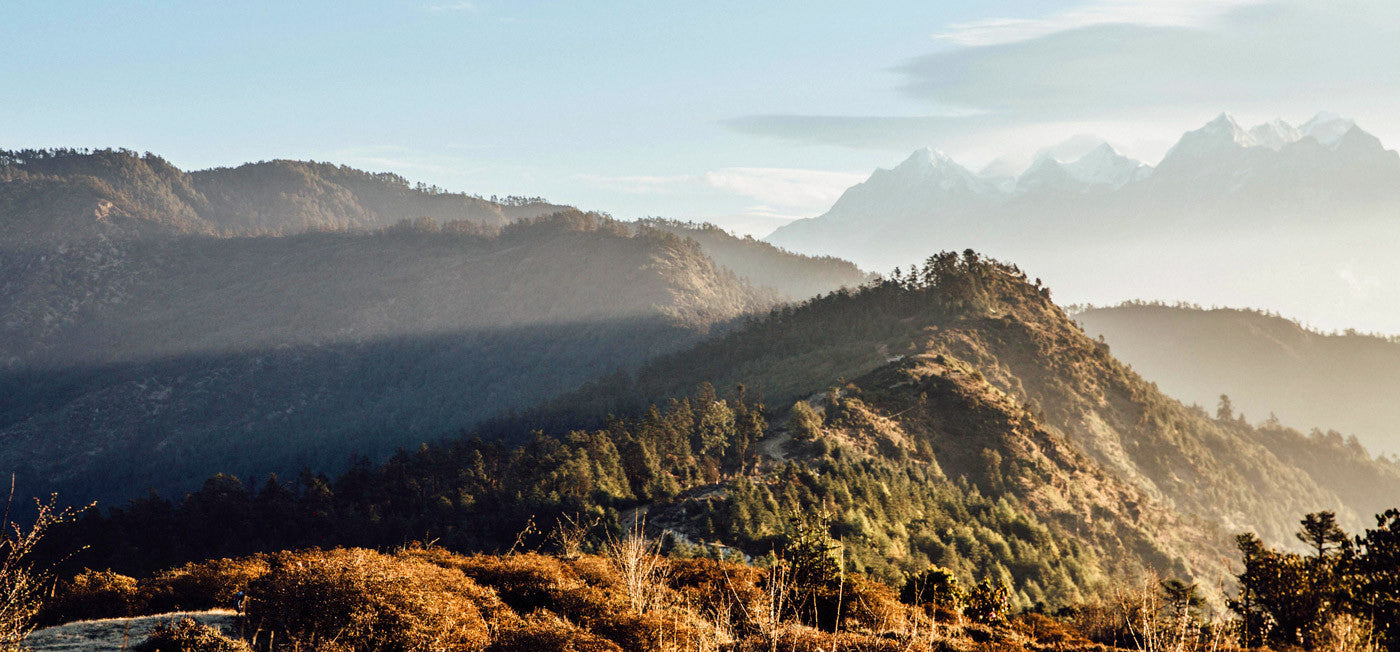
A good meal in the wild
Demet Güzey’s upcoming book tells the amusing and moving stories of explorers in the wild, recounting the food they packed and the effect it had on their experiences. Her book was born out of a lifelong passion for food, having studied Food Engineering in Istanbul, and Food Science to PhD level in the US. But it had always bothered Güzey that the laboratory mostly saw food as a technical pursuit. Few seemed to recognise the emotional side; the comfort, pleasure and joy it could bring. She wanted to demonstrate this passion, and combined with a love of the outdoors, wrote Food on Foot, showing the critical role our food choices play in our experience of an expedition.
Güzey, from her office in Verona, Italy, recounts the first successful climb of Everest, by Edmund Hillary and Tenzing Norgay. In past years, climbers had travelled with pemmican, a concentrated mixture of fat and dried meat, and hardtack, a dry cracker that would easily become infested with worms. “Both tasted disgusting,” she says. Hillary’s expedition doctor was asked to design new menus, with potatoes and rice at lower camps, and other lightweight and tasty foods like Kendal Mint Cake and sugary jams to snack on as they climbed. Each member of the group could also add their favourite food into a ‘luxury box’ — something they could look forward to eating near the top of the mountain. This motivation had a strong psychological impact. Together with the better-tasting menus, it was one of the reasons they became the first people to successfully summit Everest.


Left: Front cover of Food on Foot. Right: Author Demet Güzey
“One of the main conclusions in my book is that the food you choose represents your intentions,” Güzey says. She explains that today our expeditions are more about winning the race or beating the mountain, so people choose ‘tough’ food to reflect that ambition – food that we probably wouldn’t eat in our regular lives. In Hillary’s time, though, it was about discovery and teamwork – they wanted to enjoy the experience as well as explore. Victorian adventurers hiked with Champagne and legs of lamb — “heavy and inefficient,” she says, “but they did it because they wanted to feast in the incredible landscapes they were discovering.”
Today, with very little of the world left to uncover, expeditions are made more gruelling than ever because we crave the challenge — there are marathons through the desert and yearly attacks of Everest. “A lot of people assume that in these harsh environments they’re just going to want high-energy foods,” Güzey says; “They look at weight and calories, but don’t give much thought to taste.” Yet her findings suggest that people often end up craving home comforts and good food. She points to the Appalachian Trail in the US, which has several posts where people can leave food they no longer want for other hikers. There’s never anything nutritious or tasty left behind, just bland, high-energy meals.
While today it might not be practical to hike with huge legs of lamb on our back, it’s still important to choose food we genuinely want to eat. “When you’re halfway up a mountain, tired and cold, will you want those high-energy, bland meals, or will you prefer something comforting and delicious?” Güzey says. “I know what I’d choose.”
Demet Güzey’s book, ‘Food on Foot: A History of Eating on Trails and in the Wild’, published by Rowman & Littlefield, will be available from April 2017 on Amazon.

Güzey hikes on the plains of Ladakh, Northern India

